Architecture News: Letter from Colombia
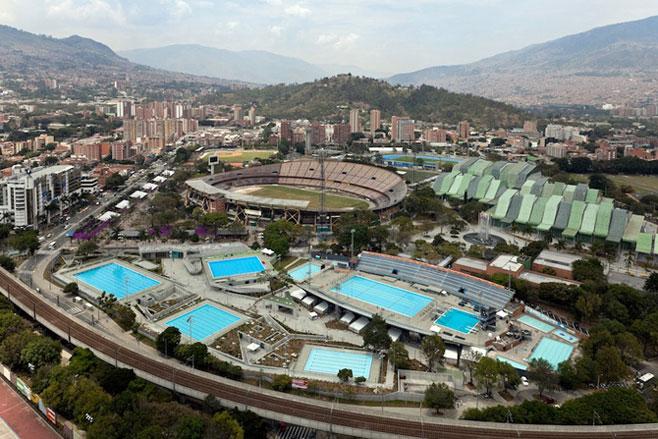
Paisajes Emergentes: Piscinas, Medellin, 2010 In the three years since they formed Paisajes Emergentes (Emerging Landscapes) in 2007, youthful trio - Luis Callejas, Edgar Mazo and Sebastian Mejia - have won two landmark sports projects in public competitions. As well as building four Olympic-sized swimming pools with underground changing rooms for the Pan American Games they are also in charge of the transformation of the El Campin football stadium in Bogotá in association with Manuel Villa. www.paisajesemergentes.com
Much of Colombia’s most intelligent and effective contemporary architecture has been dedicated to patching up a fractured society and healing the deep scars from an almost uninterrupted history of war and violence. Mayors like Antanas Mockus, Enrique Peñalosa and Sergio Fajardo, inspired by Brazil’s Jaime Lerner have seized upon the power of architecture to bring dignity and a sense of ownership back to the people of the country's principal cities.
Enormous credit is owed to the country's most celebrated architect, Rogelio Salmona, and a new generation of pioneering architects epitomised by Felipe Uribe de Bedout and Giancarlo Mazzanti that life in the country's two main cities, Bogotá and Medellin, has been transformed in the last decade.
Colombia's best architecture has created more democratic public spaces where the country's irrepressible population have been able to 'replace fear with hope', the slogan that encapsulates in particular Medellin's remarkable transformation from murder capital of the world to one of the most fascinating architectural laboratories on earth.
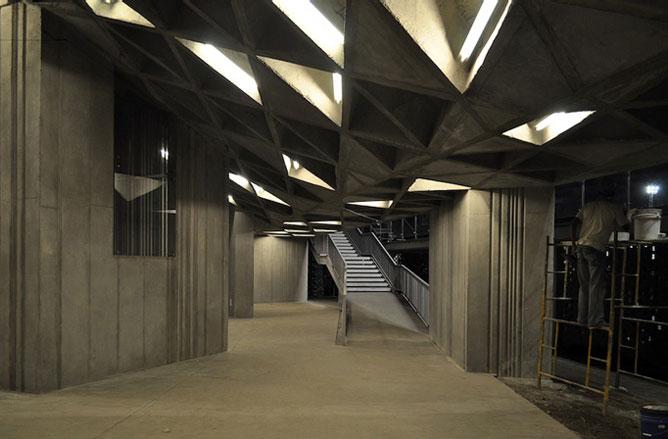
Paisajes Emergentes: Piscinas, Medellin, 2010
The underground changing rooms of the impressive swimming pool complex
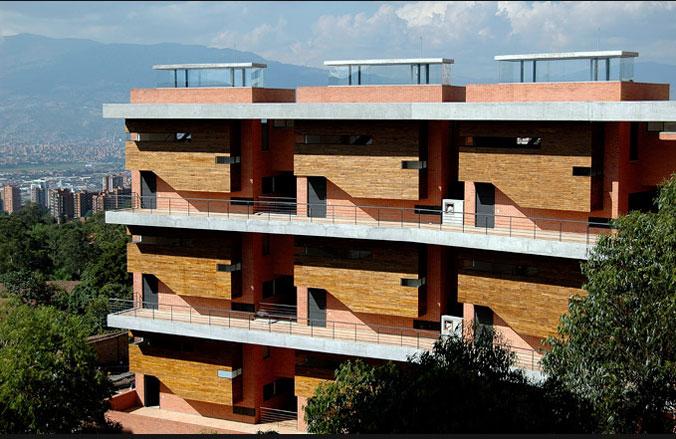
Obranegra Arquitectos: Edificio Guayacan de Aviñon Torre 2, Medellin, 2007
Carlos Pardo and his team have produced a string of contemporary towers that stand out in the sea of brick apartment blocks built in Medellin’s most desirable neighbourhood, Poblado. The respected office’s debut in public works; the Colegio Santo Domingo Savio - landed the firm the top prize in this year’s Bienal of Colombian Architecture.
Wallpaper* Newsletter
Receive our daily digest of inspiration, escapism and design stories from around the world direct to your inbox.
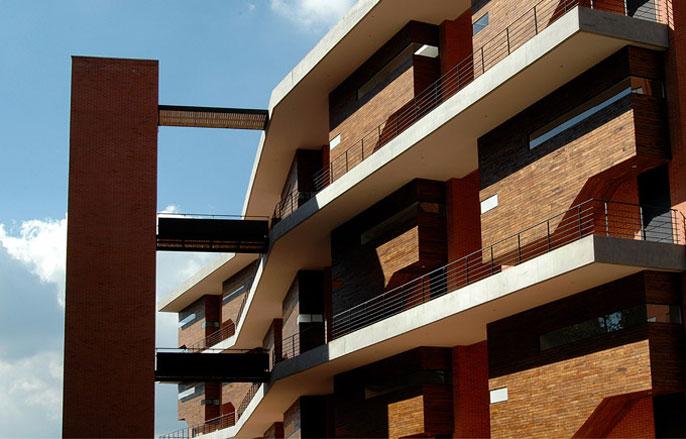
Obranegra Arquitectos: Edificio Guayacan de Aviñon Torre 2, Medellin, 2007
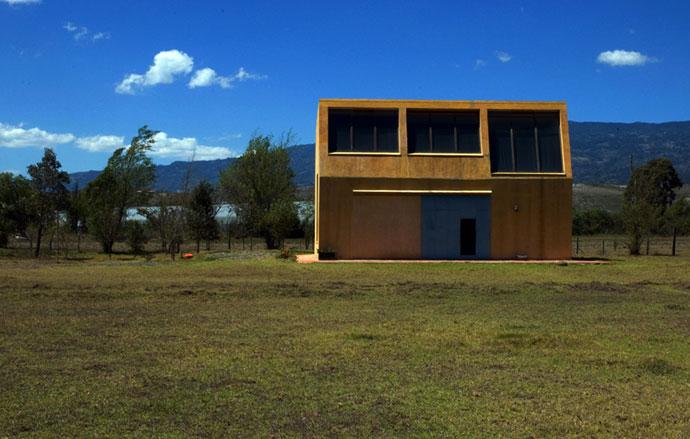
Manuel Villa: Chow Studio, Villa de Leyva, 2009
A simple studio shaped from concrete for artists working near the colonial town of Villa de Leyva. Its solid double-height structure turns its back on the busy road that takes weekenders to and from Bogota; offering up the light and striking view of the mountains to the painters that commissioned the space.
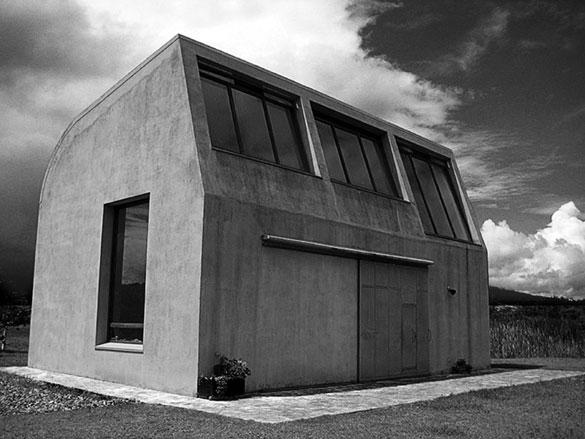
Manuel Villa: Chow Studio, Villa de Leyva, 2009
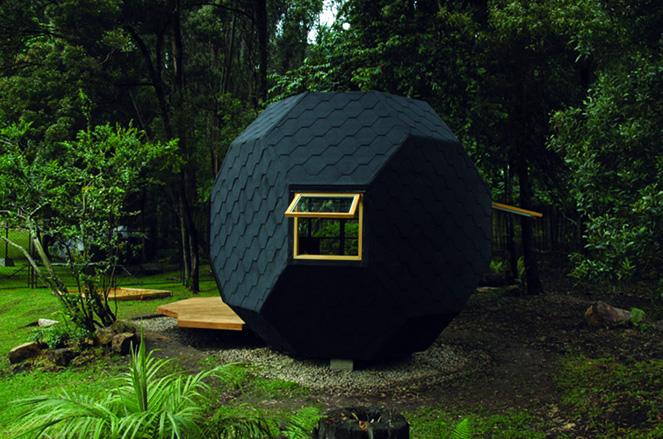
Manuel Villa: Poliedro, Bogota
A geometric retreat in miniature shaped from pine, reinforced concrete and with strategic windows was designed to offer a space pod to escape from the rest of the family.
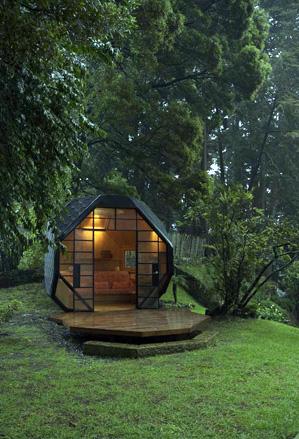
Manuel Villa: Poliedro, Bogota

G-Ateliers: Finca El Retorno, Guatape, 2008
Eight refuges, a restaurant and a chapel are part of this ecologically friendly retreat designed by Orlando Garcia and his team. The slate grey structures have been buried into the mountains to lessen their impact on the peaceful environment and also reduce energy consumption.
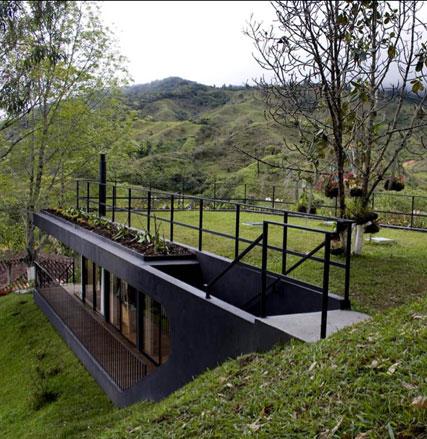
G-Ateliers: Finca El Retorno, Guatape, 2008
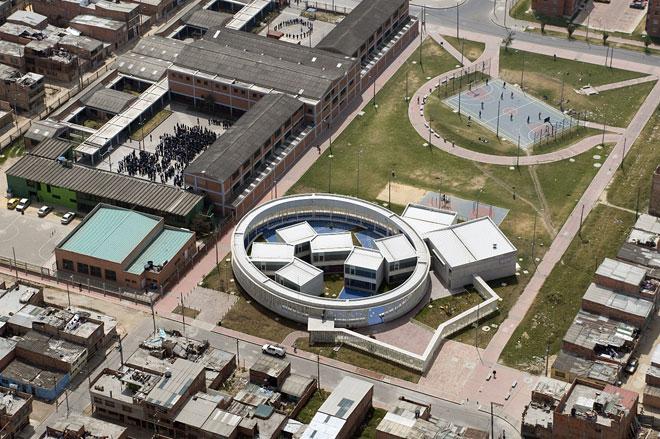
Giancarlo Mazzanti: Jardin Infantil Porvenir, Bogota, 2009
Inspired by the membrane that protects children during pregnancy this nursery in a neglected part of Bogota; is the latest in Mazzanti body of eye-catching public works. From above, the class rooms housed inside the building’s porous outer perimeter resemble six dice scattered randomly giving the school a playful feel that contrasts sharply with the intensity of its surroundings.
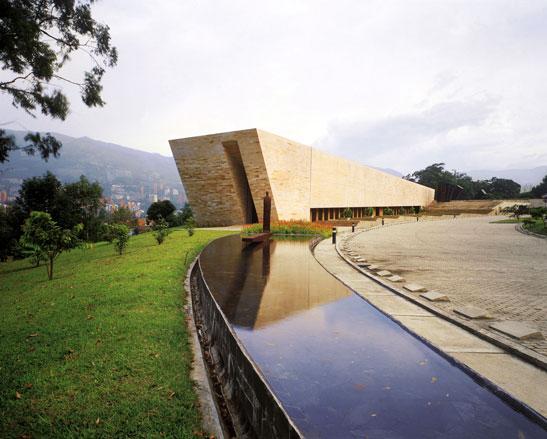
Felipe Uribe de Bedout, Mauricio Gaviria and Hector Mejia Velez: Templos de Las Cenizas y Crematorio, Campos de Paz, Medellin, 1998
A stone-clad furnace and home for the ashes of those cremated at one of the city’s most prestigious cemeteries. The building’s elongated monolithic form has been emulated in some of the most important works in Medellin.
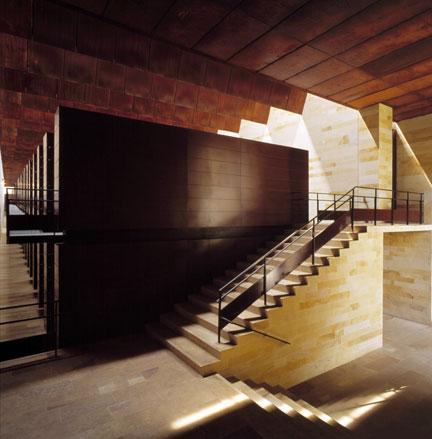
Felipe Uribe de Bedout, Mauricio Gaviria and Hector Mejia Velez: Templos de Las Cenizas y Crematorio, Campos de Paz, Medellin, 1998

Felipe Uribe de Bedout, Mauricio Gaviria and Hector Mejia Velez: Templos de Las Cenizas y Crematorio, Campos de Paz, Medellin, 1998
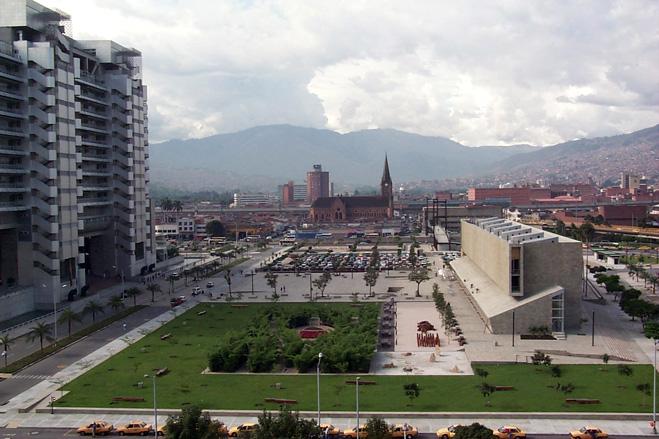
Felipe Uribe de Bedout, Ana Elvira Velez, Giovanna Spera: Parque de los Pies Descalzos: Medellin, 2001
Commissioned by Ramiro Valencia, then head of Medellin’s water and energy company, Empresas Publicas de Medellin to tidy up the company’s car park, Uribe and kindred spirit Ana Elvira Velez broke new ground with this interactive playground for kids and executives alike.
Its popularity brought busloads of ’tourists’ from the poorer parts of town back into the centre. Police even had to be drafted in to politely enforce a more modest dress code for over-enthusiastic bathers. Uribe followed up on his success with an open-air cinema and fountains in Parque de los Deseos in 2003.
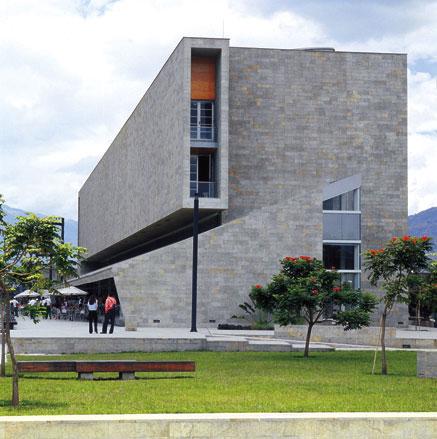
Felipe Uribe de Bedout, Ana Elvira Velez, Giovanna Spera: Parque de los Pies Descalzos: Medellin, 2001
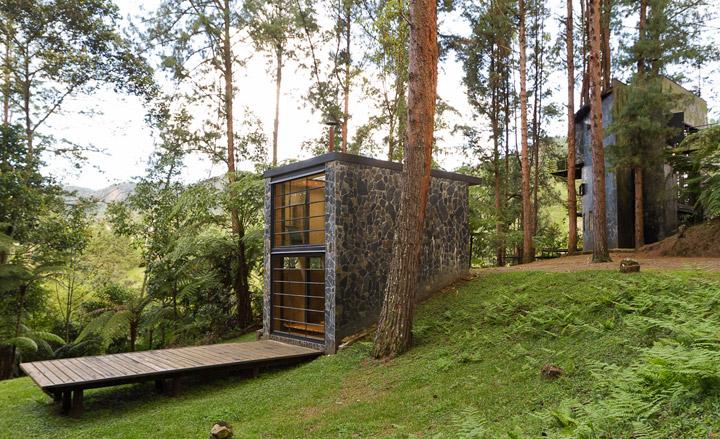
Felipe Uribe de Bedout: El Castillo, El Retiro
Felipe Uribe de Bedout’s spectacular hideaway is perched in the forested hills outside Medellin. Its crescent-shaped form is a reference to the area taken from the mountain during its construction.
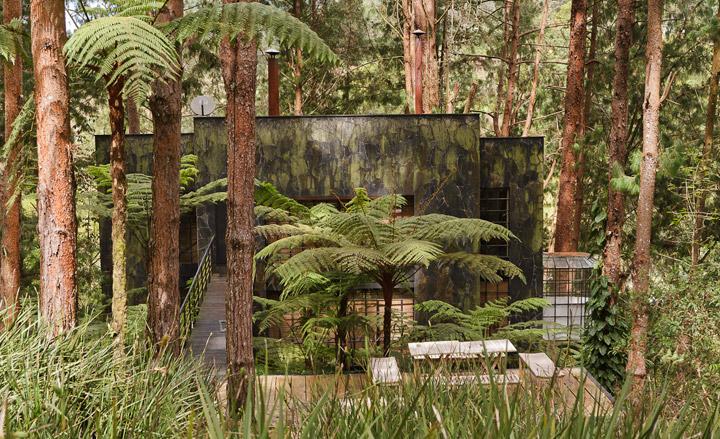
Felipe Uribe de Bedout: El Castillo, El Retiro
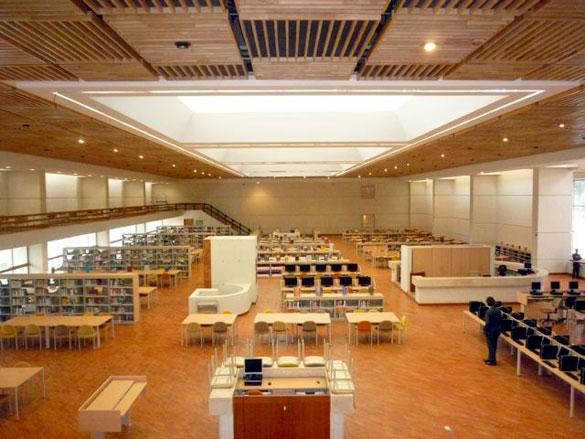
Daniel Bermudez: Centro Cultural Biblioteca Publica Julio Mario Santo Domingo, Bogota 2010
The largest of four mega-libraries built in different corners of the Colombian capital. What is now the largest library and auditorium complex in Latin America was a gift to the city by the country’s richest man, Julio Santo Domingo. Progressive mayor, Enrique Peñalosa, placed libraries linked by cycle routes and framed by expansive public spaces at the heart of his drive to make Bogota; a more democratic place.
http://danielbermudezarquitecto.com
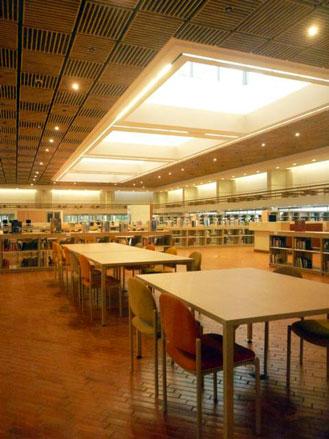
Daniel Bermudez: Centro Cultural Biblioteca Publica Julio Mario Santo Domingo, Bogota 2010
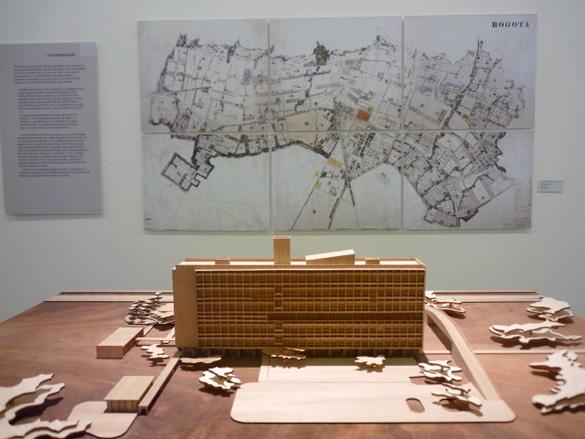
Bogota by Le Corbusier
A fascinating research project by the architecture faculty of University of Los Andes has plotted how plans for Bogota by Le Corbusier would have looked like and compared them to the capital today.
Le Corbusier visited Bogota in 1947 and finished his masterplan for the city in 1951 after riots had destroyed much of the centre in 1948. His controversial plans were rejected by reluctant landowners and sidetracked by local urban planners but his student, Rogelio Salmona, carried on his legacy with the modernisation of the city in his own more organic way.
http://www.uniandes.edu.co/lecorbusier/
http://www.youtube.com/watch?v=UlanjwxLlcM&feature=related
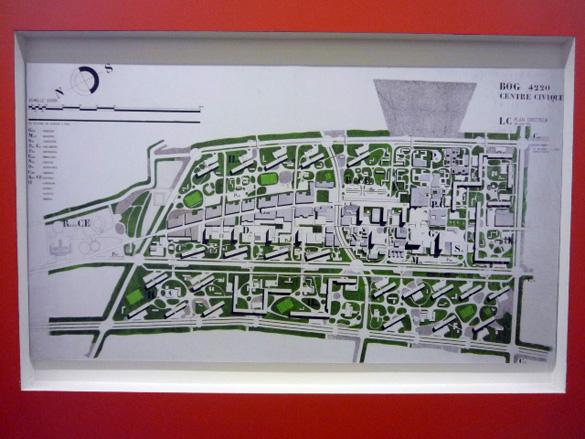
Bogota by Le Corbusier
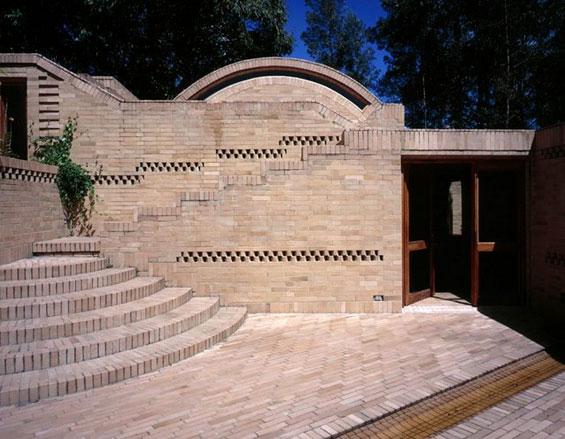
Rogelio Salmona: Casa en Rio Frio, Tabio, 1997-2000
Colombia’s architectural powerhouse, Rogelio Salmona was inspired by a Pre-Colombian poem when he half-buried the central patio of this country home on the outskirts of Bogota. ’To enter the house is to enter the earth, to climb up on the roof is to get to heaven.’ His death in 2007 has left a huge void for a younger generation of Colombian architects to fill.
www.fundacionrogeliosalmona.org
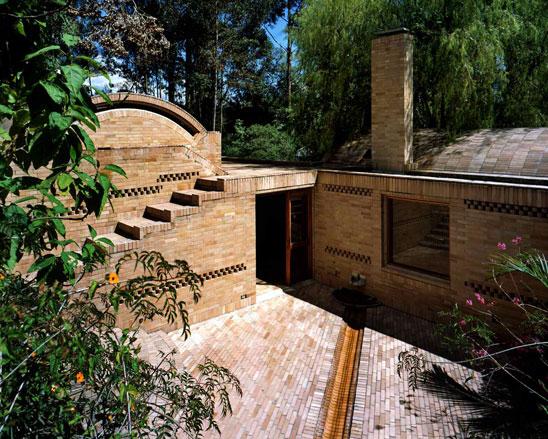
Rogelio Salmona: Casa en Rio Frio, Tabio, 1997-2000
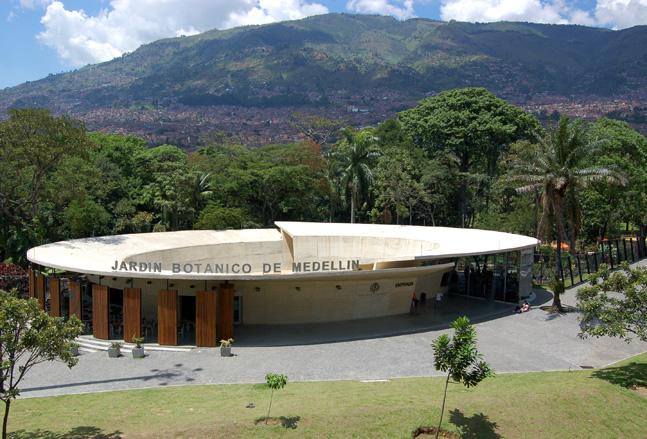
Ana Elvira Velez & Lorenzo Castro: Café del Bosque, Medellin, 2007
The interior of this rotating ’threshold’ is designed to transport visitors from the hectic surroundings of downtown Medellin into the idyllic sanctuary of the Botanical Gardens.
Its ochre reinforced concrete exterior walls provide shade and shelter for a shop and restaurant for visitors.
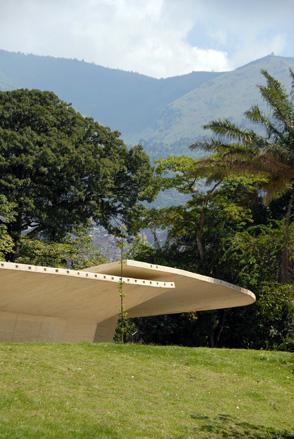
Ana Elvira Velez & Lorenzo Castro: Café del Bosque, Medellin, 2007
Originally hailing from the UK, Rainbow Blue Nelson first landed in Colombia in search of Tintinesque adventures in 1996. Subsequent forays from his Caribbean base in Cartagena have thrown up a book about Pablo Escobar, and the Wallpaper* City Guides for Santiago, Brasilia, Bogota and Miami. Currently completing a second book about Colombia whilst re-wilding 50 hectares of tropical rainforest on the country's Caribbean coast, he’s interviewed some of South America's most influential figures in art, design and architecture for Wallpaper* and other international publications.
-
 Put these emerging artists on your radar
Put these emerging artists on your radarThis crop of six new talents is poised to shake up the art world. Get to know them now
By Tianna Williams
-
 Dining at Pyrá feels like a Mediterranean kiss on both cheeks
Dining at Pyrá feels like a Mediterranean kiss on both cheeksDesigned by House of Dré, this Lonsdale Road addition dishes up an enticing fusion of Greek and Spanish cooking
By Sofia de la Cruz
-
 Creased, crumpled: S/S 2025 menswear is about clothes that have ‘lived a life’
Creased, crumpled: S/S 2025 menswear is about clothes that have ‘lived a life’The S/S 2025 menswear collections see designers embrace the creased and the crumpled, conjuring a mood of laidback languor that ran through the season – captured here by photographer Steve Harnacke and stylist Nicola Neri for Wallpaper*
By Jack Moss